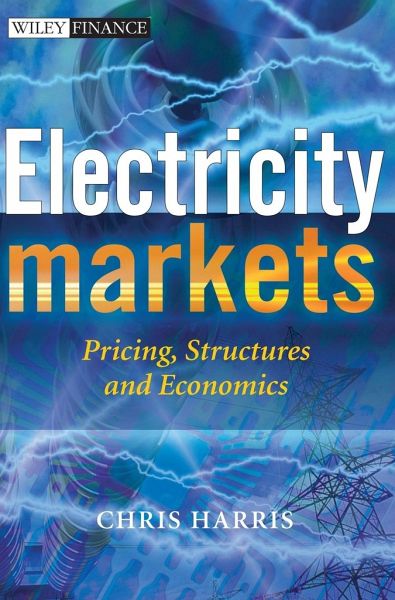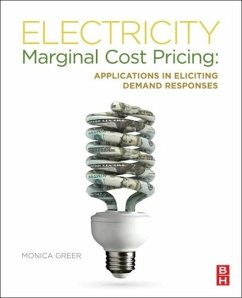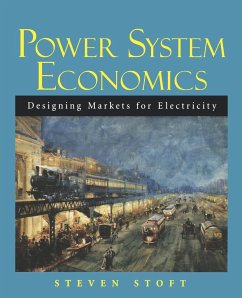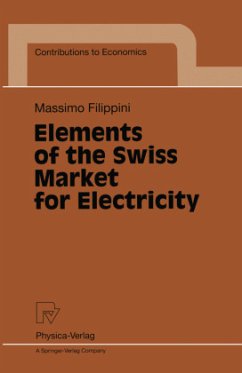
Electricity Markets
Pricing, Structures and Economics
Versandkostenfrei!
Versandfertig in über 4 Wochen
154,99 €
inkl. MwSt.
Weitere Ausgaben:

PAYBACK Punkte
77 °P sammeln!
Understand the electricity market, its policies and how they drive prices, emissions, and security, with this comprehensive cross disciplinary book. Author Chris Harris includes technical and quantitative arguments so you can confidently construct pricing models based on the various fluctuations that occur.
Over the last three decades, the global expectations for abundant, cheap and reliable energy have driven the growth in demand, and this is challenging the ability to cheaply exploit the accessible energy sources, and to minimise environmental pressure. At the same time, in concert with similar changes in other industries, deregulation and privatisation have continued apace.
To enable them to contend with the daily process of generation, dispatch and supply, the electricity markets have risen to new levels of sophistication and complexity. Continued advances are required to effectively contend with issues such as demand management, environmental efficiency and security of supply. In addition, policy makers and regulators have a commitment to underwrite the performance of the industry model, and to intervene as necessary in structures, instruments and conditions.
The relationship between policy objectives, free markets, and the technicalities of electricity production, network flow, supply and consumption, is not a simple one. In this context the book relates electricity market structures, economics for electricity, and derivative pricing of electricity. It is intended as a companion for all those with an interest in the electricity supply industry, including participants, traders, students, stakeholders, and policy makers and implementers.
To enable them to contend with the daily process of generation, dispatch and supply, the electricity markets have risen to new levels of sophistication and complexity. Continued advances are required to effectively contend with issues such as demand management, environmental efficiency and security of supply. In addition, policy makers and regulators have a commitment to underwrite the performance of the industry model, and to intervene as necessary in structures, instruments and conditions.
The relationship between policy objectives, free markets, and the technicalities of electricity production, network flow, supply and consumption, is not a simple one. In this context the book relates electricity market structures, economics for electricity, and derivative pricing of electricity. It is intended as a companion for all those with an interest in the electricity supply industry, including participants, traders, students, stakeholders, and policy makers and implementers.














